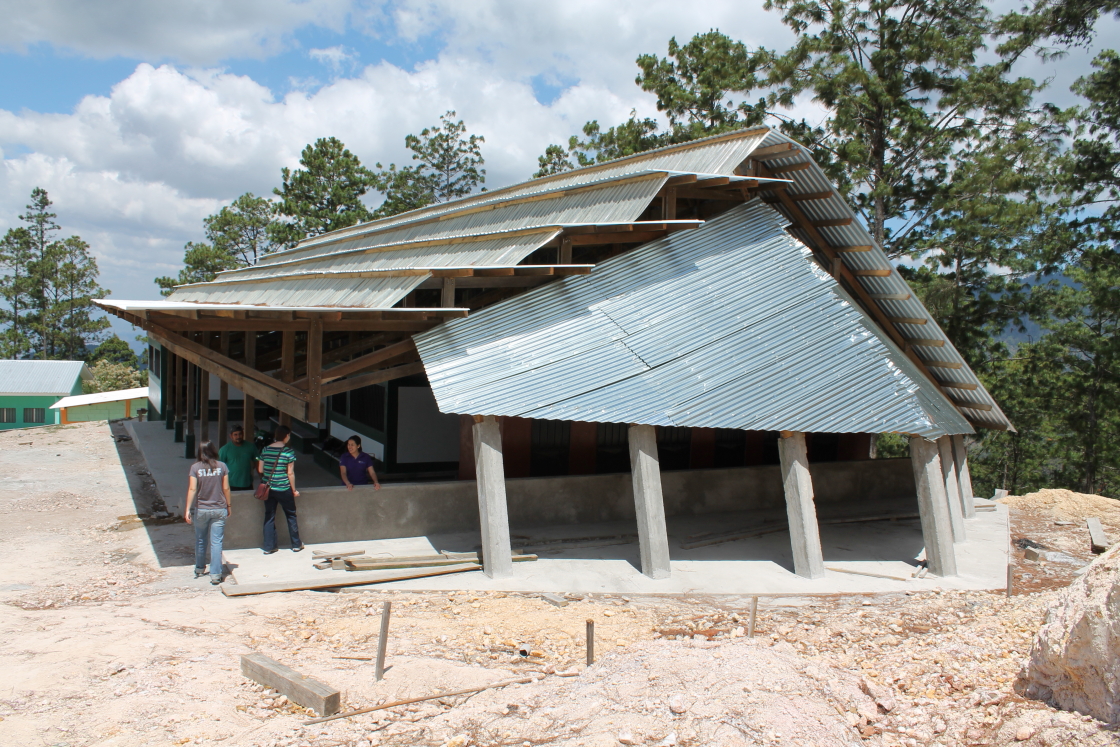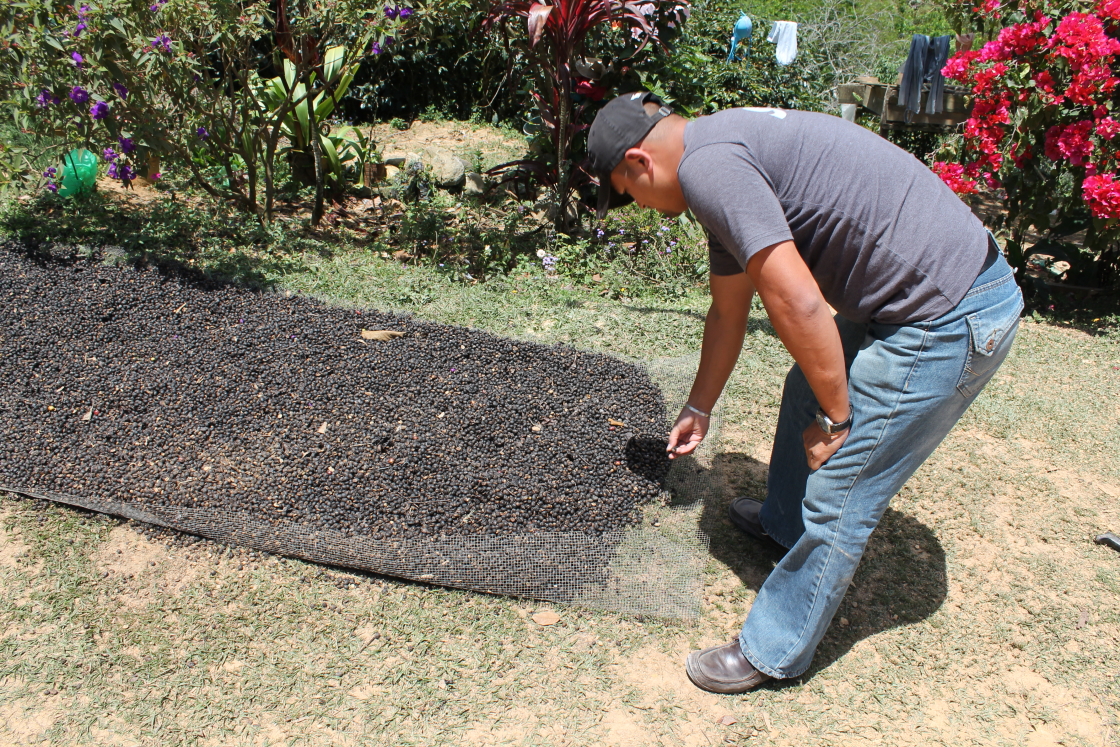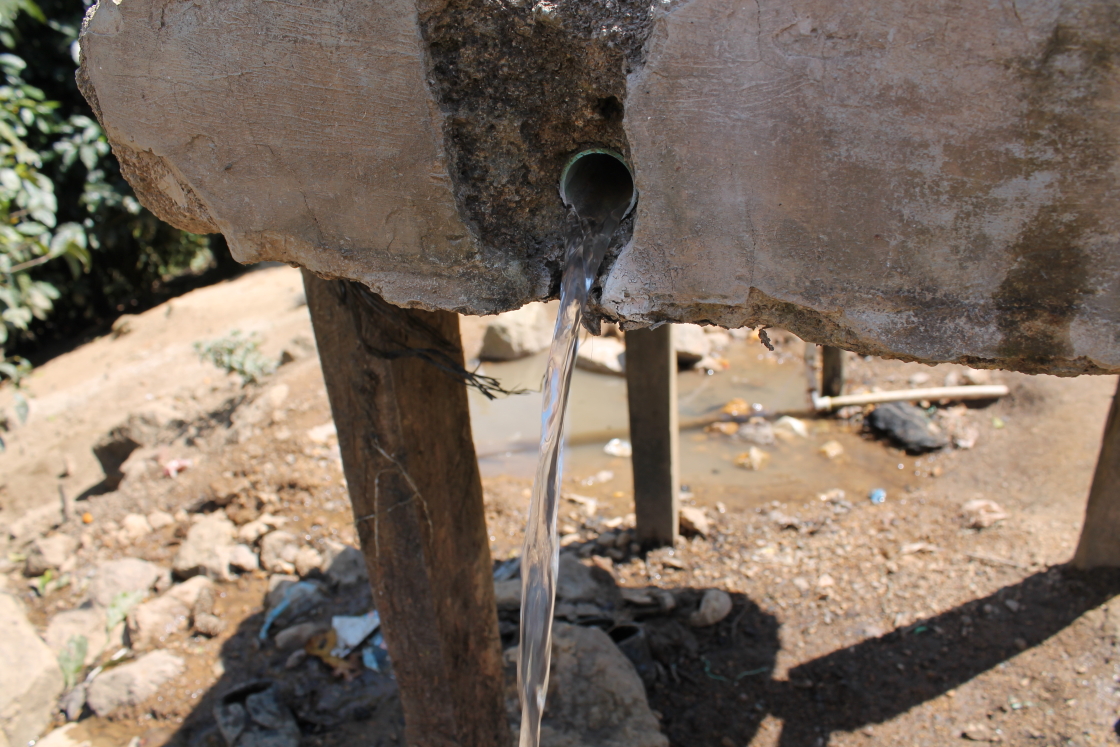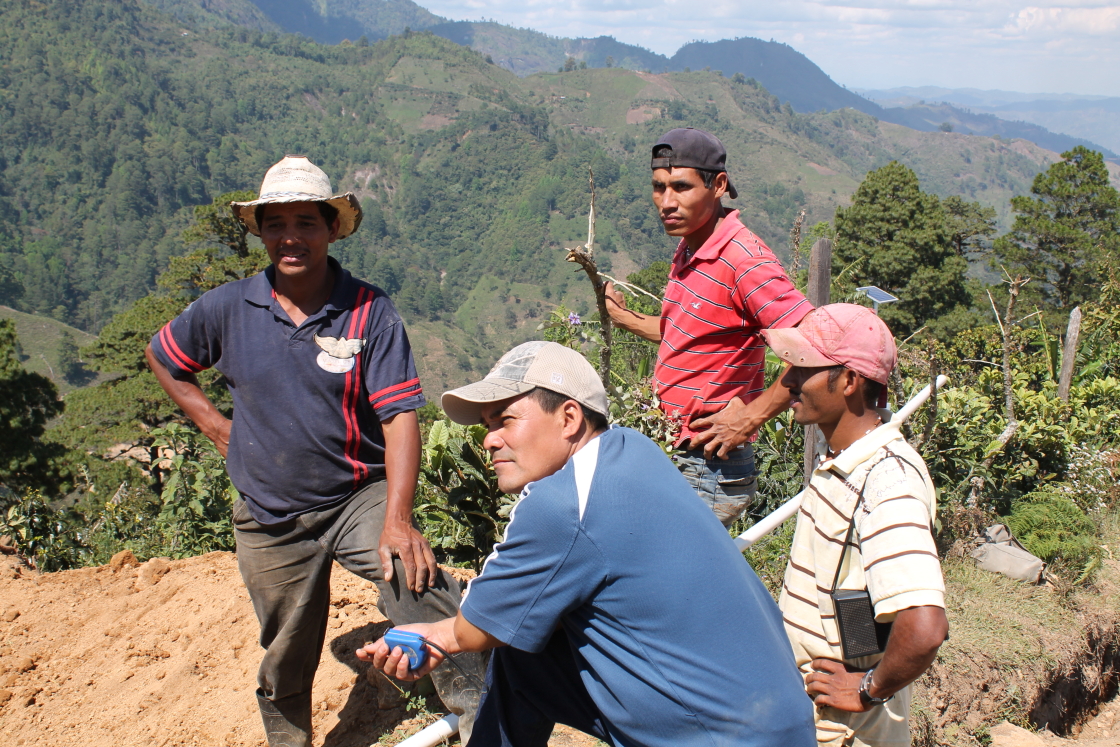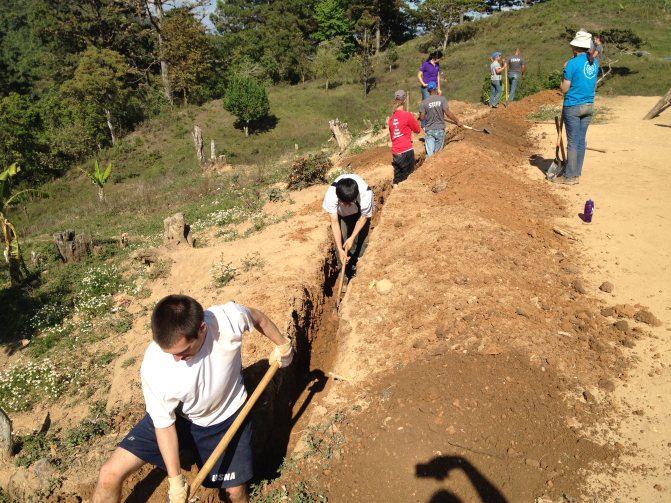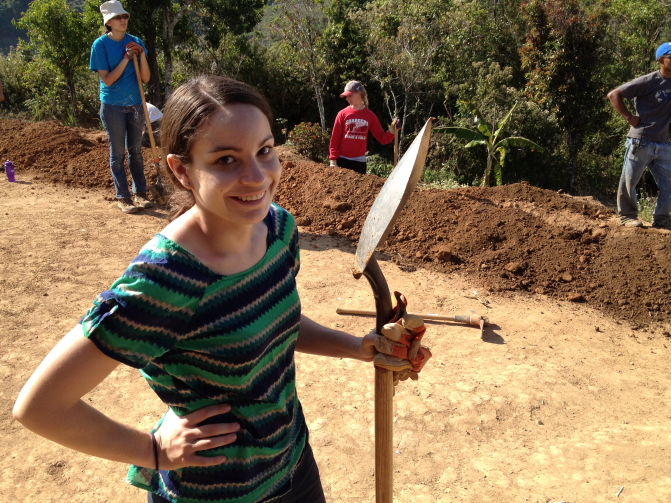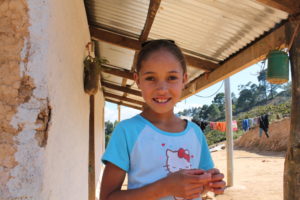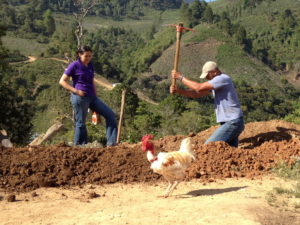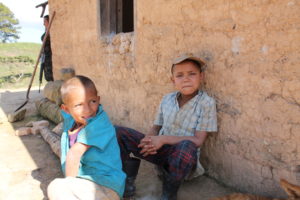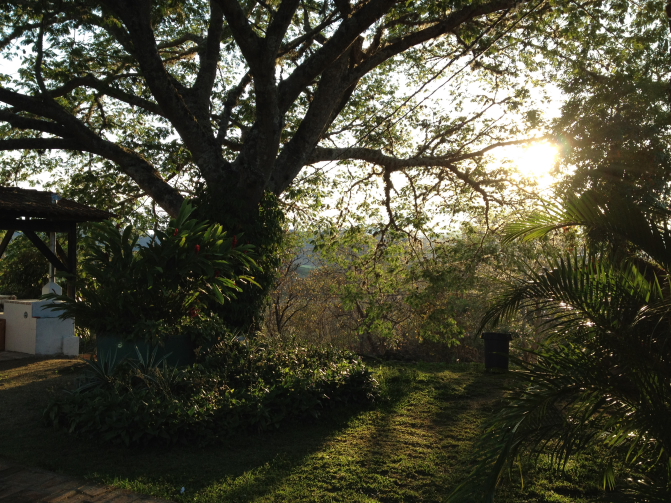…or, How To Survive The Rough Roads Of Honduras.
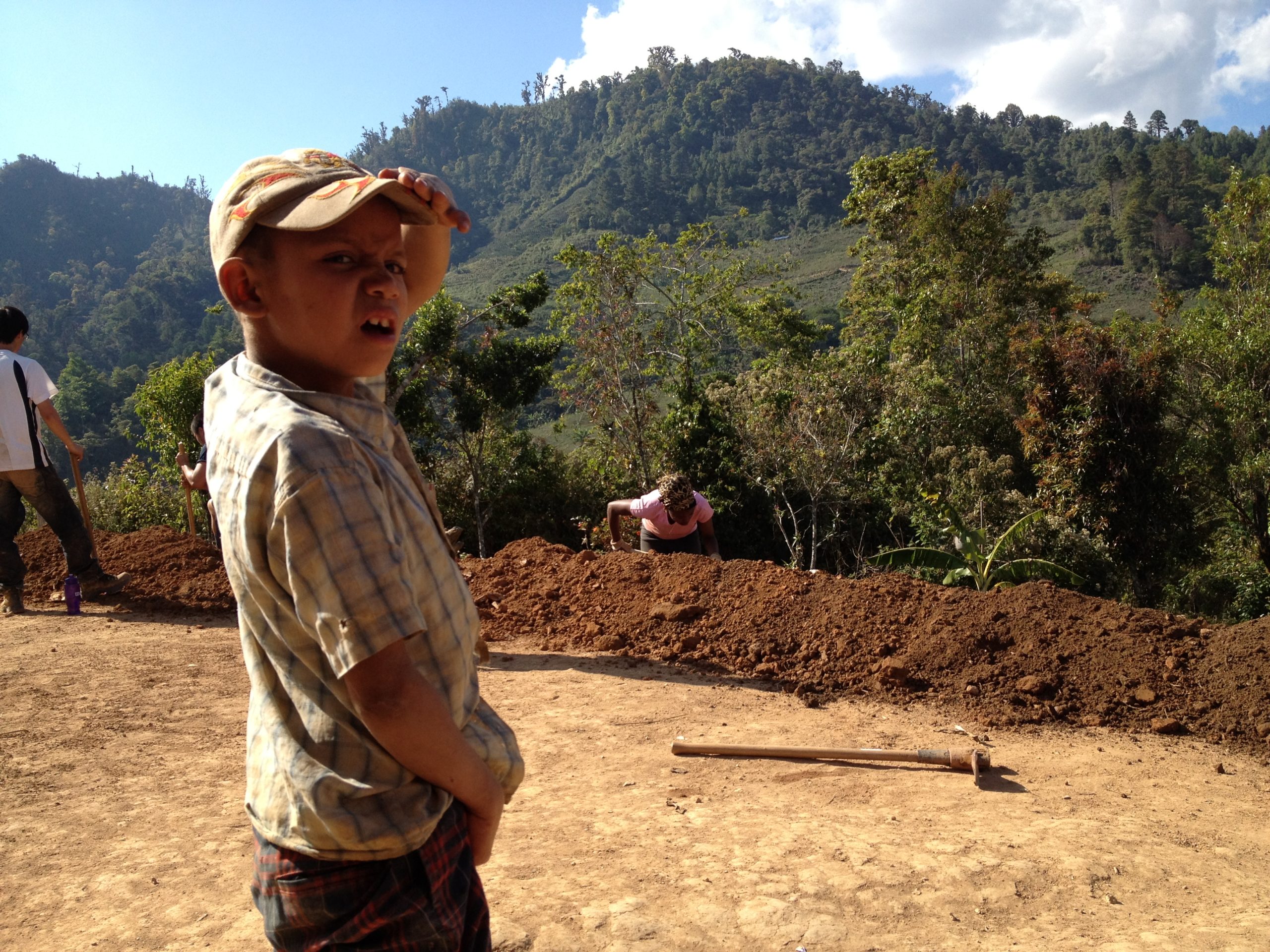 I think we’re still vibrating from the bone-rattling trip Saturday up into the mountains of this part of southeast Honduras. We were in a 4×4, but that doesn’t make the jostling any less, it just means you’ll make it to the top. You hope. We’re just lucky it’s the dry season here.
I think we’re still vibrating from the bone-rattling trip Saturday up into the mountains of this part of southeast Honduras. We were in a 4×4, but that doesn’t make the jostling any less, it just means you’ll make it to the top. You hope. We’re just lucky it’s the dry season here.
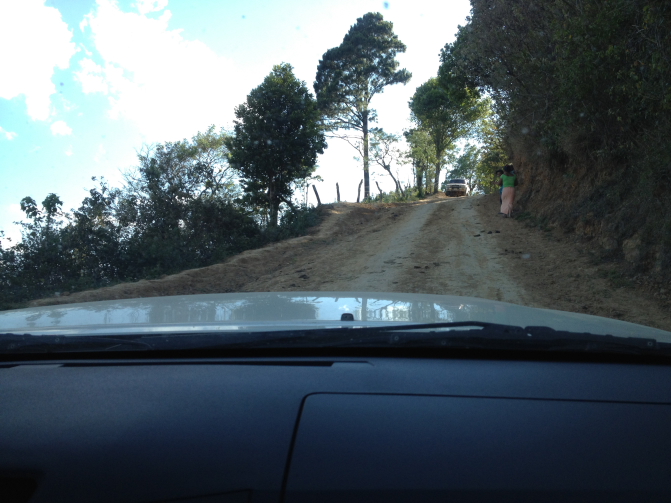 We woke Saturday morning with the plan to head out and up into some communities that are very difficult to access, either by vehicle, burro or on foot.
We woke Saturday morning with the plan to head out and up into some communities that are very difficult to access, either by vehicle, burro or on foot.
After a hearty breakfast, we loaded into a Toyota Hilux pick-up truck, 4-wheel drive of course, and left the Rapaco compound, bound for an area that Global Brigades has implemented what they call their holistic model. This is where they put into practice all of the separate Brigade they run: Medical, Dental, Architecture, Water, MicroFinance and more. Go here to learn more about GB’s overall mission.
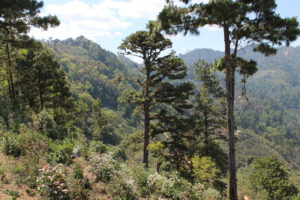 And so we started up. And up. And up. Though Honduras has a long Caribbean coastline, the interior is mostly highlands: wide valleys and mountains reaching in excess of 6,000 feet in elevation. And these mountains are steep, jagged and rugged. Driving up the rocky roads you may feel as if you’re in the Rockies of the Southwestern US for all the pine trees and blue skies and chest heaving elevation.
And so we started up. And up. And up. Though Honduras has a long Caribbean coastline, the interior is mostly highlands: wide valleys and mountains reaching in excess of 6,000 feet in elevation. And these mountains are steep, jagged and rugged. Driving up the rocky roads you may feel as if you’re in the Rockies of the Southwestern US for all the pine trees and blue skies and chest heaving elevation.
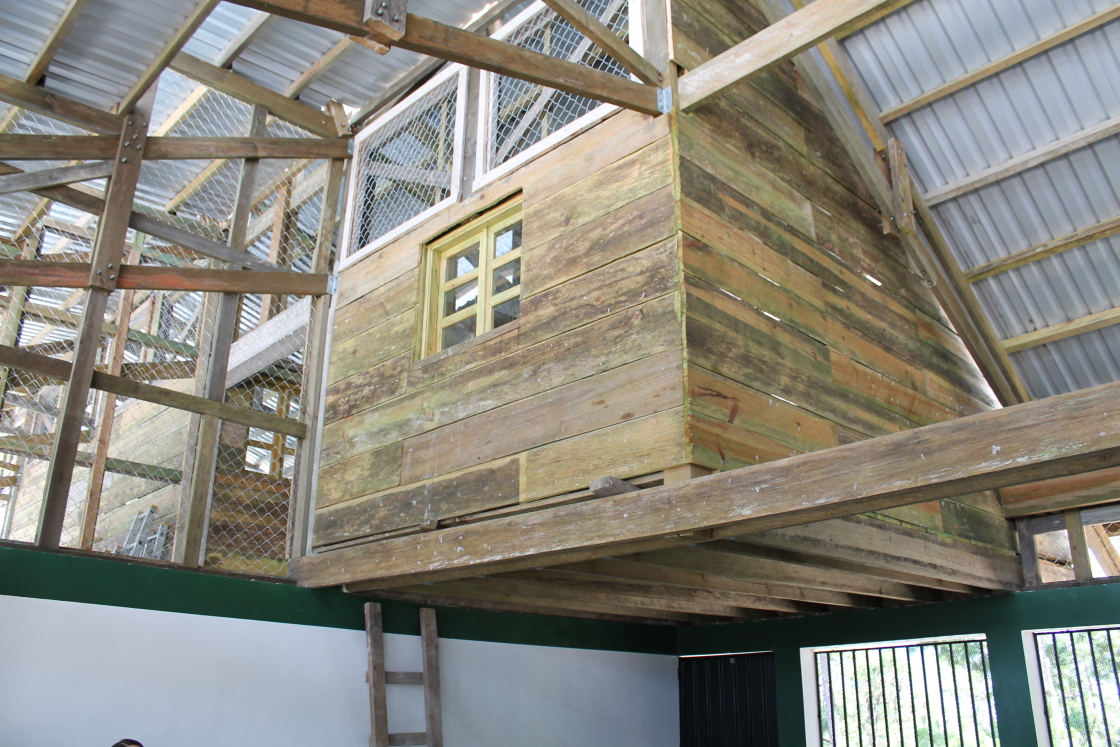
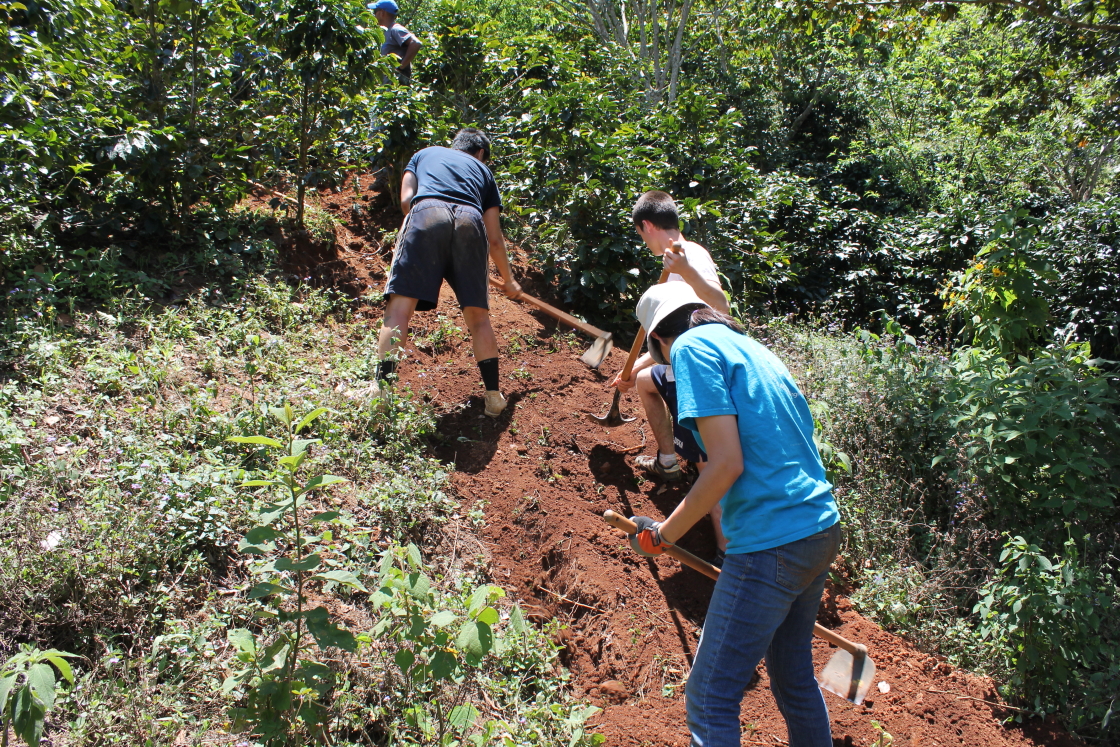
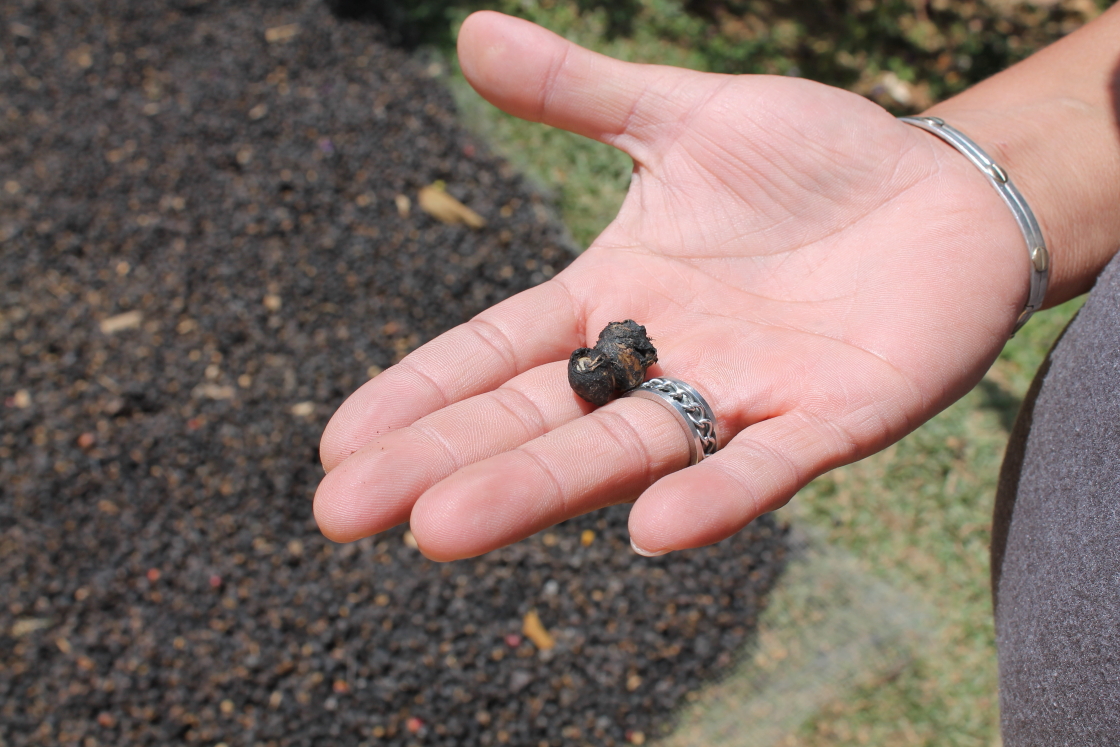
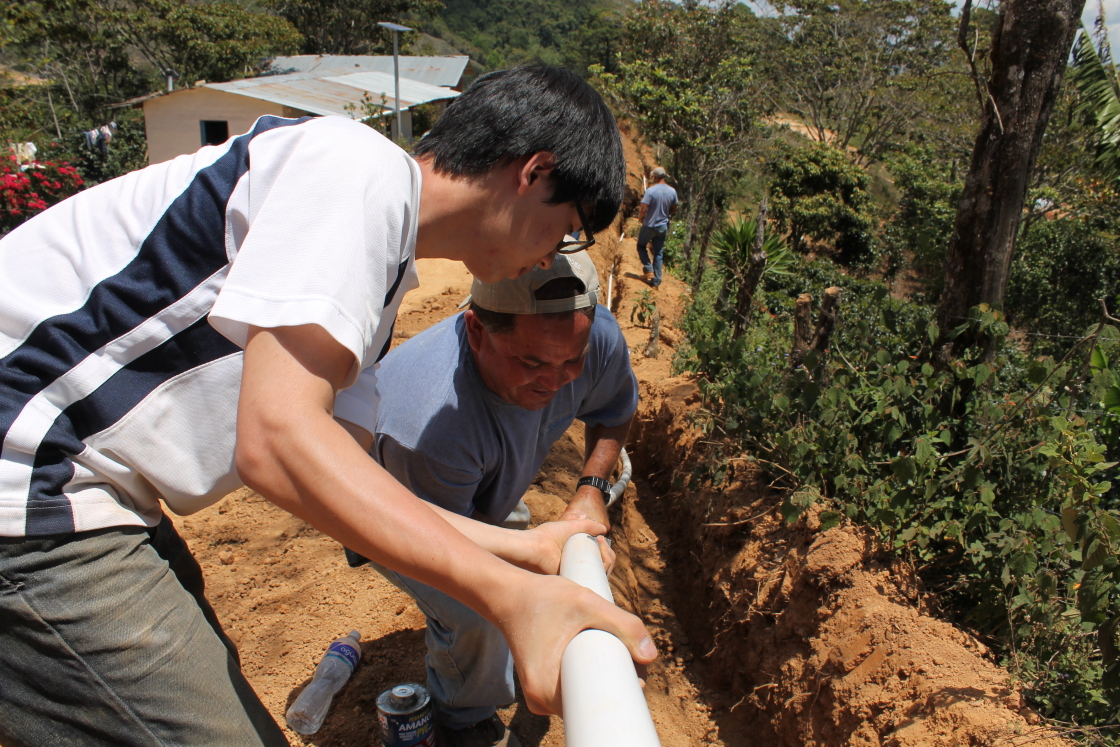
We made the thigh-burning climb to get back to our truck and then drove to the village of Bella Vista. Here, houses are already connected to the system, and clean treated water now flows through their pipes. It’s not about convenience or luxury, but rather that first line of health defense.
To cap off the day, we drove back down to Palo Verde and assisted the Water Brigade dig a 100 foot-long trench down to knee depth. Good hard work, which the children and the chickens enjoyed watching.
It was quite the day.
Now, our attention turns to the Medical Brigades that have begun to arrive from stateside, and the deployment of the Ready Relief Boxes.
DW HHI — Posted From Rapaco Hacienda, Honduras

